Xelmus expands its 2X anamorphic line, the Apollo, by adding three more focal lengths to the family. Meet the new Apollo Anamorphic Primes: 50mm T1.7, 75mm T2, and 135mm T2.
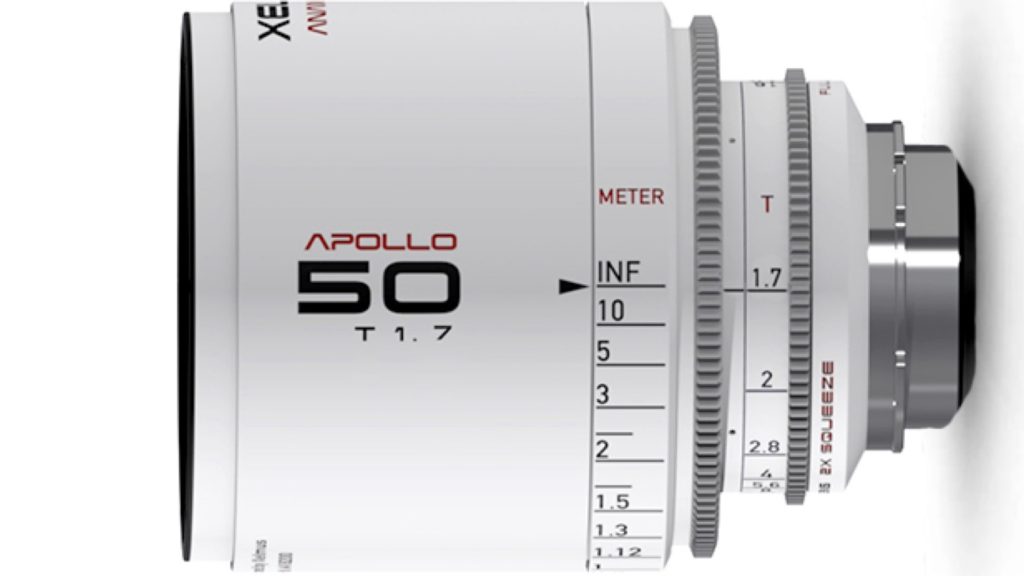
Xelmus Apollo: Affordable 2X anamorphic primes
The first Xelmus Apollo Anamorphic Primes were introduced back in 2019 with the initial focal lengths of 40mm, 60mm, and 10mm. The goal was (and still is) to develop an affordable option for filmmakers that pursue the perfect cinematic flare. The series was designed to cover Super 35 sensors as well as full-frame sensors. Xelmus states that the Apollo primes are compact, sharp, and optimized for distortion correction. Furthermore, according to Xelmus, the engineers have spent a lot of effort to achieve the correct coatings to get the desirable flares. All the Xelmus Apollo anamorphic are pure white, which grants a uniqueness and special character to the glass. Indeed, red, white, and black are the main colors of the Apollo lens series (just like the original Apollo from NASA).
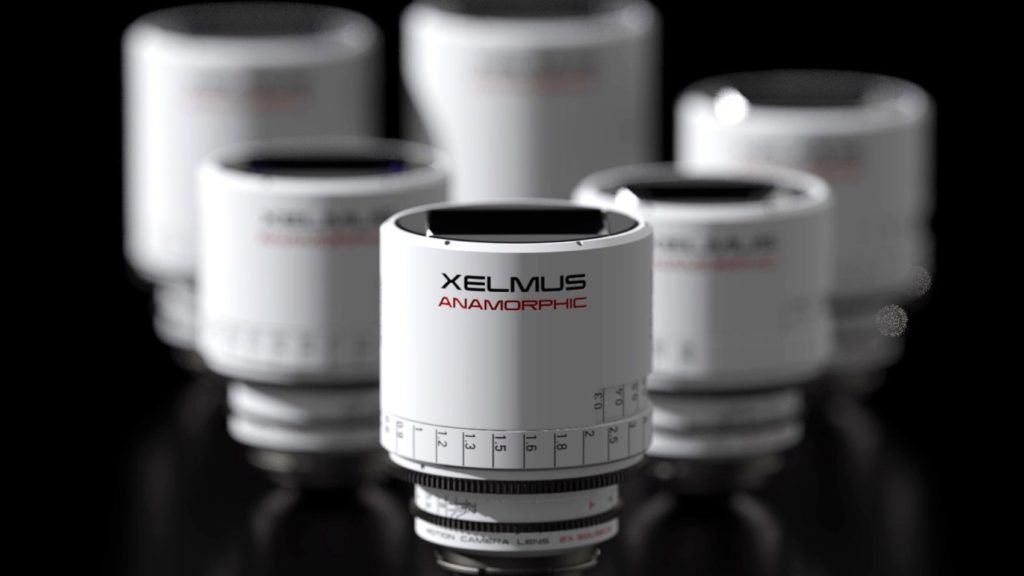
The Panavision connection
Xelmus states that one of the main features of the lens is the anti-mump system created in 1954 by Mr. Gottschalk from Panavision. With that system, whilst focusing from infinity to the close point, the image stretches only in a vertical direction (vertical breath), the horizontal axis stays locked. Moreover, Xelmus says that there has been a lot of testing with the original (Gottschalk) design and some new features have been discovered. That led to making the focus point of the lens closer than 1 feet.
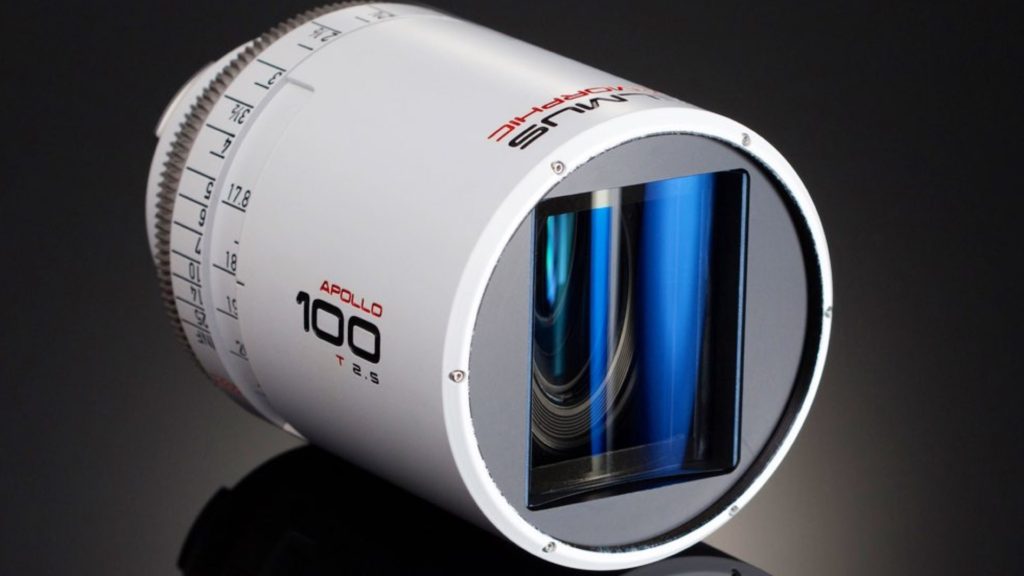
Compact anamorphic glass
The Apollo lenses own optics that are much smaller than a front variable diopters design system, which means, they are lighter weight, with less chromatic aberrations, and have better light transmission. “We can keep the light of the lens much shorter when compared to most other anamorphic lenses on the market” Xelmus adds. Also, Focus ring mechanics are a cam based design. They allow the focus ring to be fairly smooth and feature a rotation of 270°. It features a standard pitch module of 0.8. for both focus and aperture rings. All the lenses from the Apollo series share 14 round-blades circular apertures.
Check out the sample footage below, shot on the Alexa Mini LF, with Apollo Anamorphic lenses (40,60,100mm)
New primes: 50mm, 75mm, and 135mm
The new primes have the same characteristic as the other Apollo lenses. They cover full-frame sensors, the focus throw has long travel of 270°, and a close focus of 0.9 inches. Focus scales are metric or imperial. The T-stops are 50mm T1.7, 75mm T2, and 135mm T2.
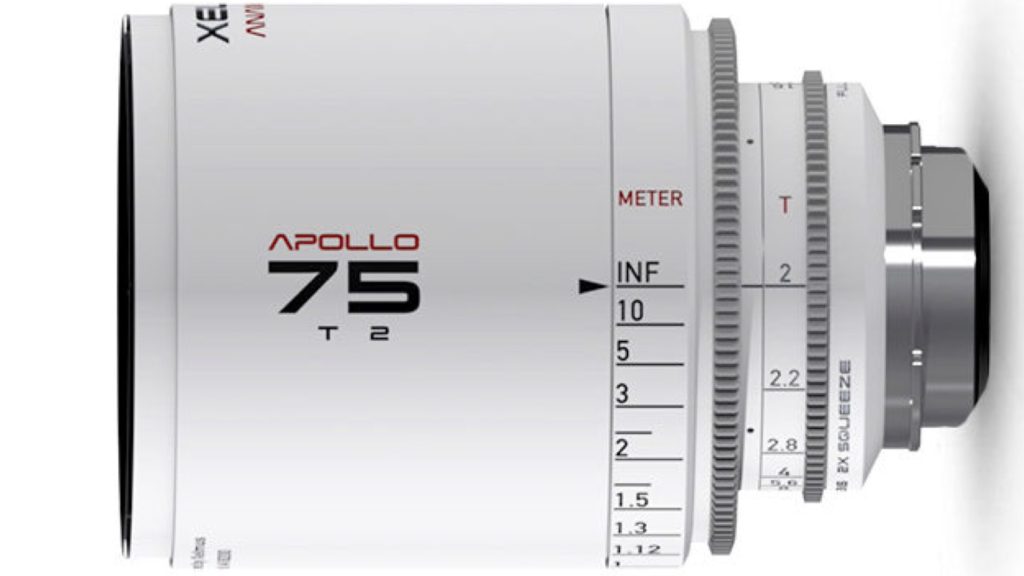
Price and availability
Basically, the new primes are not ready yet. Estimate shipping in summer 2021. The regular price of the lens is $11,999 (just like the other Apollo anamorphic primes). The deposit is $5,999. Check the website for availability.
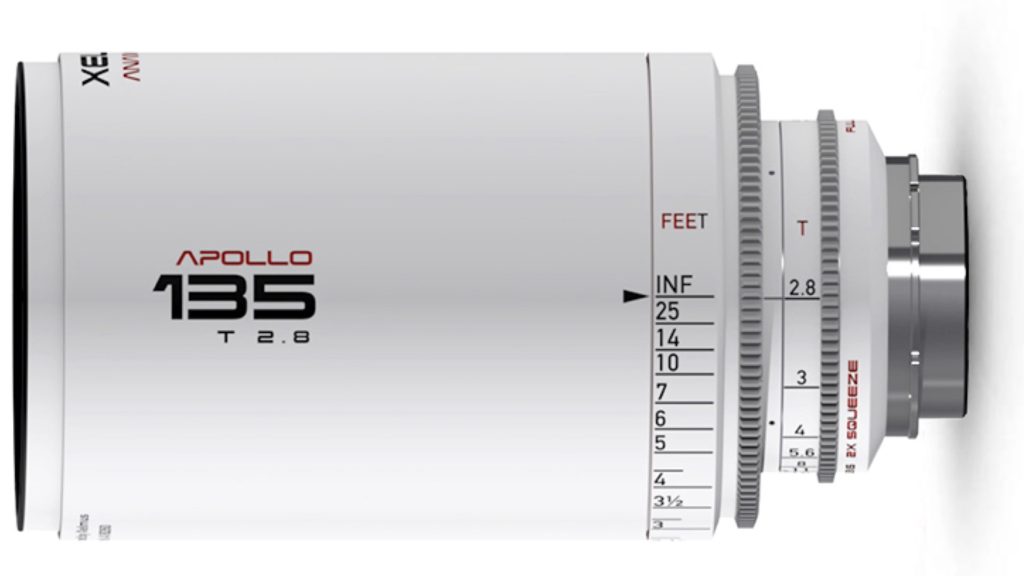
Final thoughts
There are very few reviews out there of the Apollo lenses. Seems like those lenses need to gain more traction. Nevertheless, by judging from the reviews and sample footage, the results are pretty pleasing and cinematic. The Apollo has competition from two major anamorphic lenses: The Atlas Orion (for Super 35 sensors), and the recently announced Vazen Anamorphic. Both of them offer an affordable price. Imagery-wise, the Apollos give a fair flight to the Orions, and when a full-frame sensor needs to be covered, the Apollo might seem like a winning alternative. Explore the slide below for a straightforward-high-level comparison.
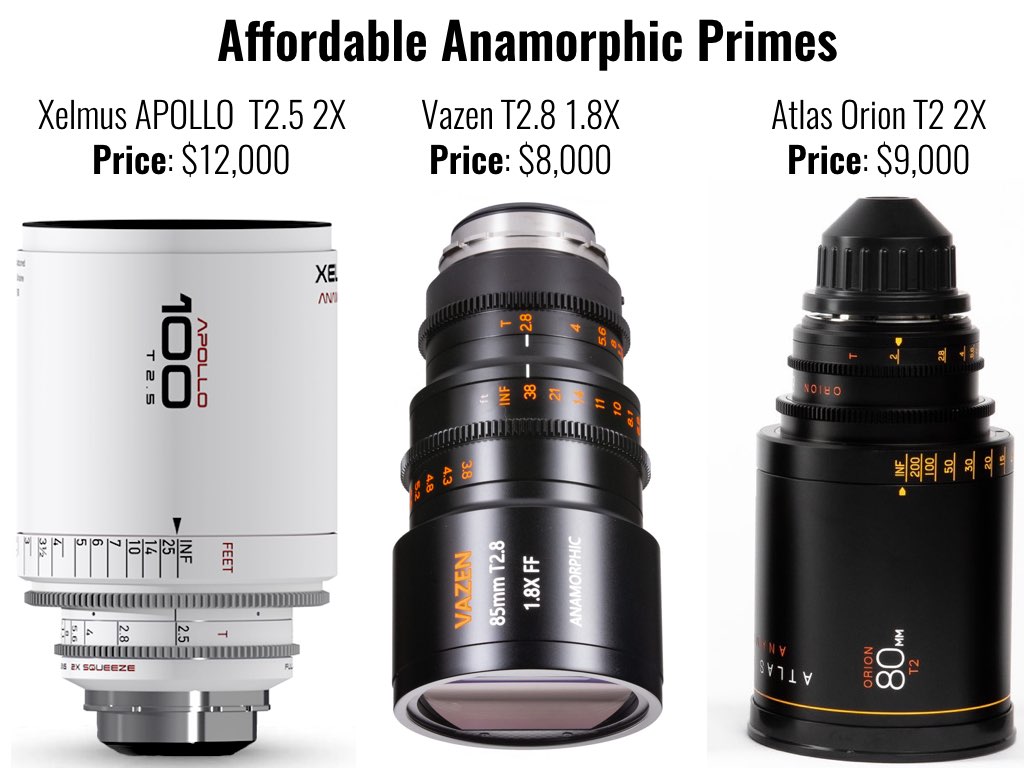
What do you think about the new Xelmus Apollo Anamorphic primes? Would you purchase them? Let’s know your thoughts in the comments section below.


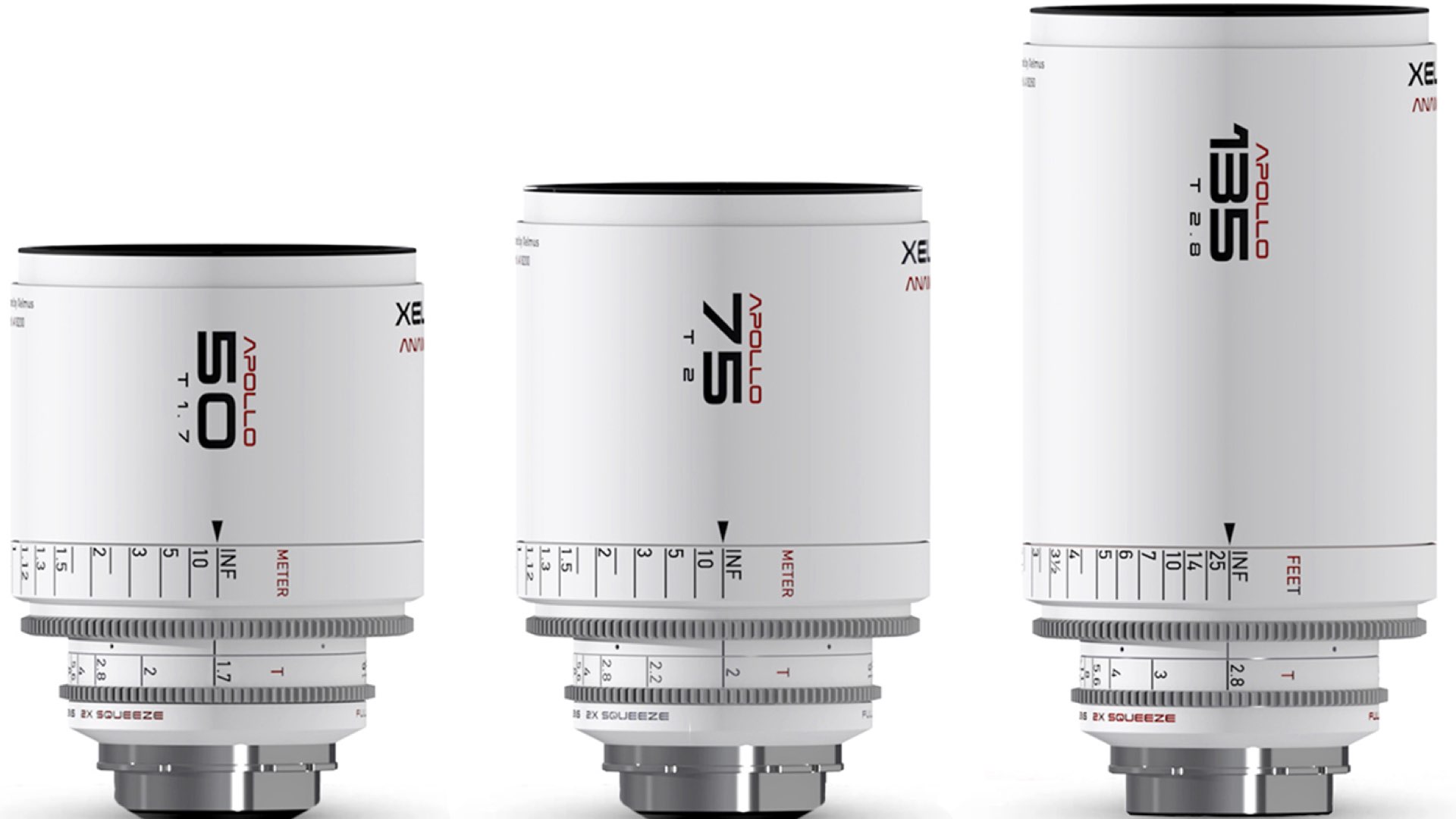
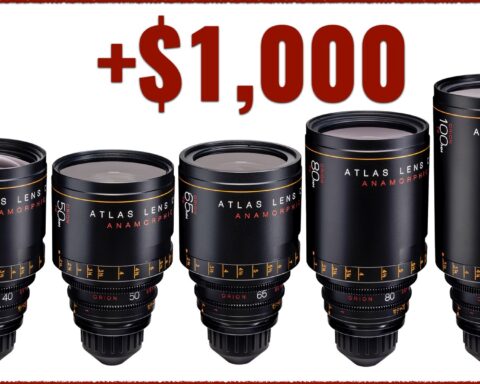
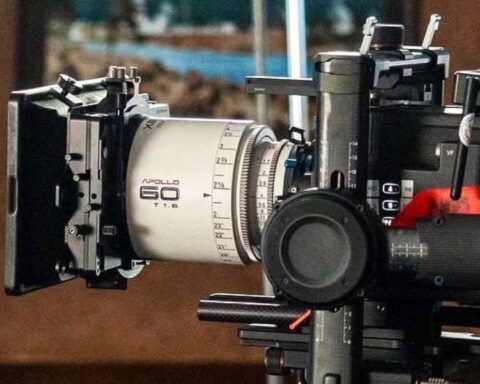

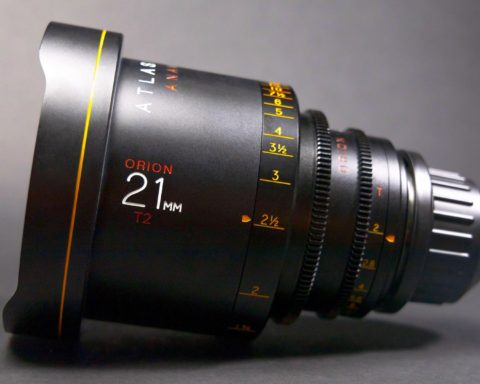

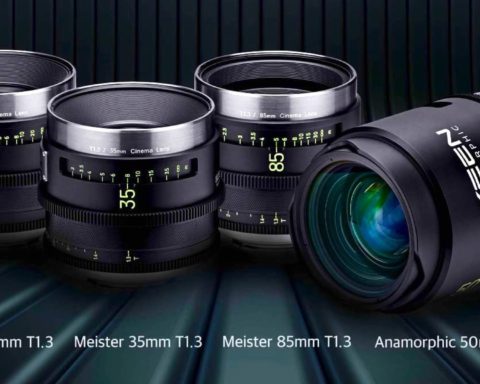


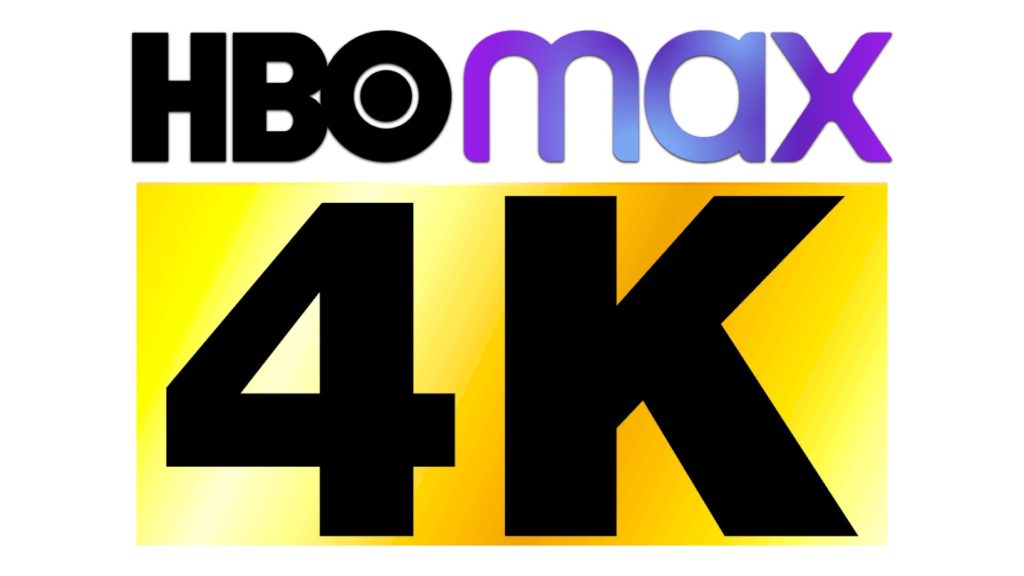

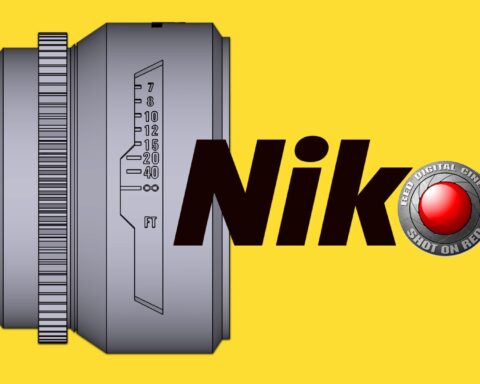





Hi – I am interested to know if the lenses listed as full frame by Apollo will render FF coverage on a FF digital still camera, for example a Nikon Z. I have asked Xelmus this but not received a reply.